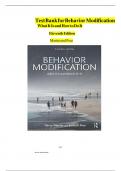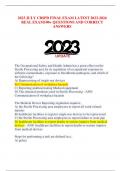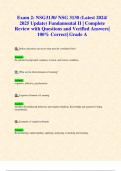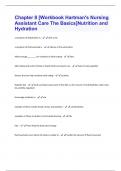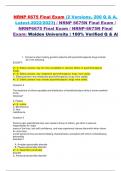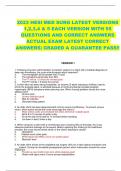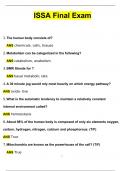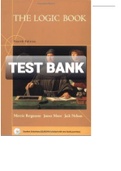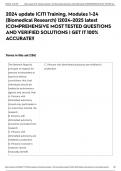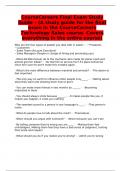Exam (elaborations)
Test Bank For Behavior Modification: What It Is and How To Do It 12th Edition by Garry Martin, Joseph J. Pear ,All Chapters, ISBN:9780815366546|Complete Guide A+
Test Bank For Behavior Modification: What It Is and How To Do It 12th Edition by Garry Martin, Joseph J. Pear ,All Chapters, ISBN:9780815366546|Complete Guide A+
[Show more]
